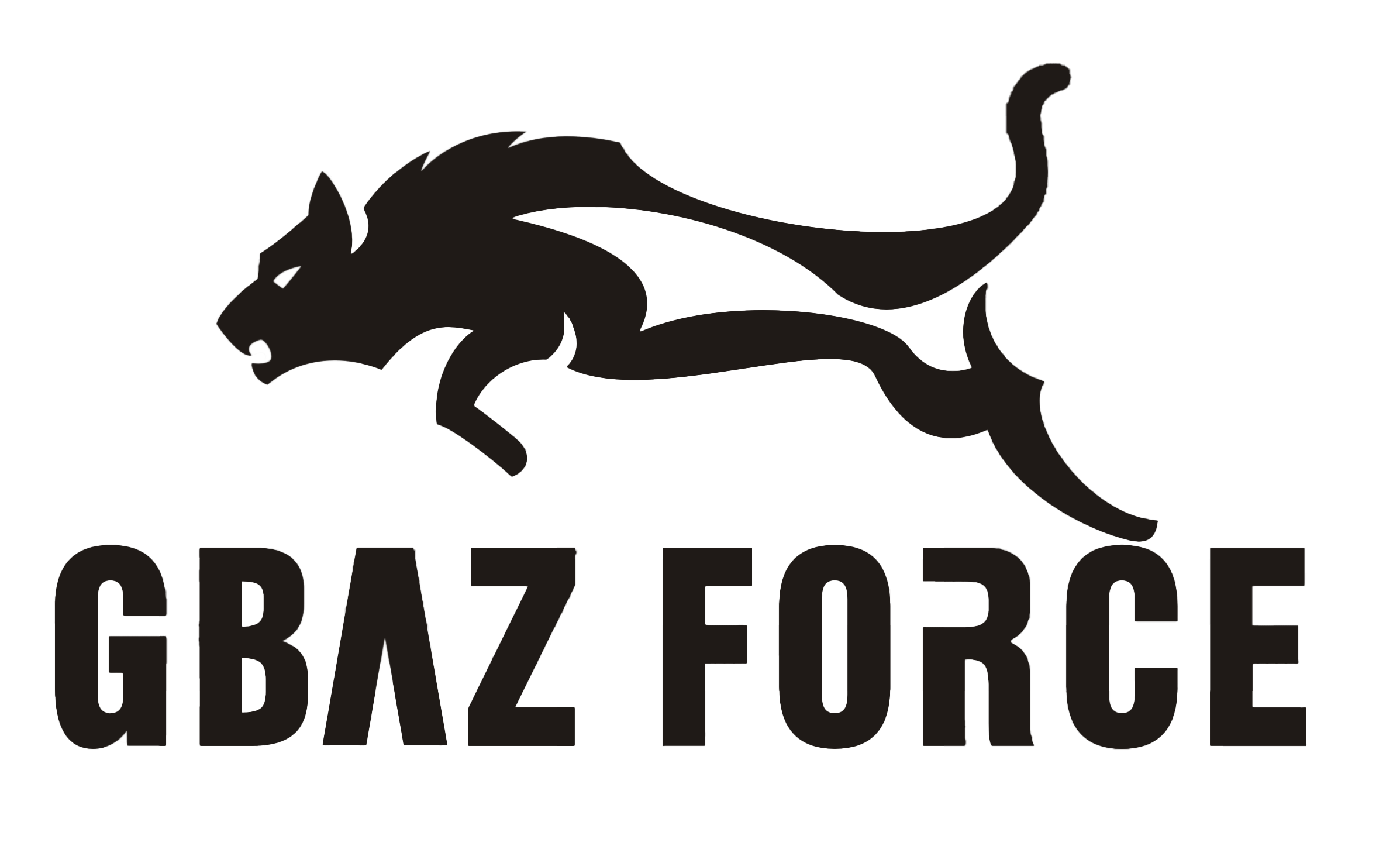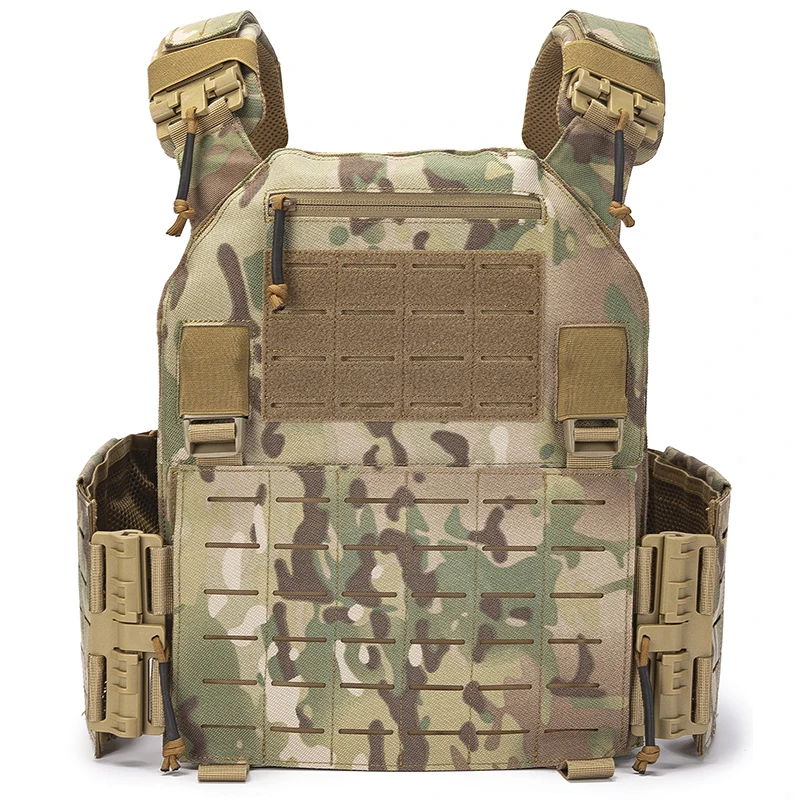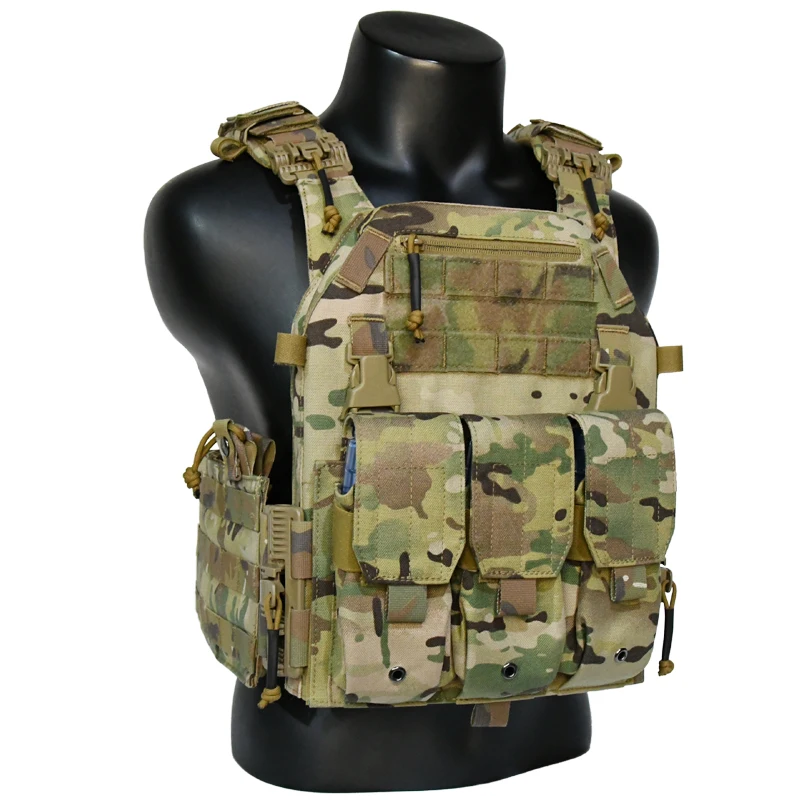Tactical Gear
PRODUCTS
Enhance Your Gear Tactical Vests Essential Guide
Understanding Your Needs: The Foundation of Vest Selection
Before diving into the technical specifications, a thorough guide would emphasize the importance of self-assessment. What is the primary purpose of your vest? Are you prioritizing ballistic protection, carrying capacity, comfort during prolonged wear, or a combination of these? Different activities demand different features. A SWAT team member will require vastly different features than someone undertaking search and rescue operations. The guide would help readers articulate their specific needs, forming a solid basis for selecting the appropriate vest type and features.
This initial assessment should also involve considering the environment in which the vest will be used. Extreme temperatures, harsh terrain, or prolonged periods of wear all influence material choices and design preferences. For instance, a breathable, lightweight vest is ideal for hot climates, while a more robust, heavily padded vest may be necessary in cold or hazardous environments. A comprehensive guide would help readers consider these environmental factors to ensure optimal performance and comfort.
Material Matters: Ballistic Protection and Durability
A key focus of any worthwhile guide would be the materials used in vest construction. This extends beyond simply identifying the type of ballistic material (e.g., Kevlar, Spectra, Dyneema) to understanding the differences in protection levels, weight, flexibility, and durability. Different materials offer varying levels of protection against different threats, and a guide would help readers understand the trade-offs involved. It would also delve into the importance of proper maintenance and care to maximize the lifespan of the vest’s ballistic protection.
Beyond ballistic materials, the guide would also explore the construction of the outer and inner layers of the vest. The outer shell should be durable, resistant to abrasion and tearing, and ideally water-resistant. The inner lining should be comfortable against the skin, breathable, and ideally moisture-wicking to prevent discomfort and chafing during extended use. The guide would detail the importance of these often-overlooked aspects of vest construction.
Modular Design and Customization: Adaptability for Various Missions
Modern tactical vests are often characterized by their modular design. This allows users to customize their vests with various pouches, accessories, and attachments to suit specific mission requirements. A comprehensive guide would explain the different types of pouches available, their functions, and how to select the appropriate ones for carrying essential gear, such as magazines, radios, medical supplies, and other tools. It would also highlight the importance of weight distribution and proper organization to maintain mobility and comfort.
Furthermore, the guide would address the compatibility of different vest systems and attachments. Not all pouches and accessories are compatible with all vest platforms. Understanding these compatibility issues is crucial for building a functional and cohesive load-bearing system. The guide would also touch on the importance of considering the cumulative weight of added attachments to avoid compromising mobility and ergonomics.
Choosing the Right Fit and Size: Comfort and Functionality
Finally, a truly essential guide wouldn't overlook the critical aspect of fit and sizing. A poorly fitting vest can severely impact comfort, mobility, and overall effectiveness. The guide would provide detailed instructions on how to accurately measure oneself and select the appropriate vest size. It would also address the importance of trying on vests whenever possible before purchasing, to ensure a proper and comfortable fit.
Understanding the different adjustment mechanisms on different vests is equally important. The ability to fine-tune the fit and adjust the vest's position throughout the day can significantly improve comfort and operational efficiency. A good guide would illustrate the various adjustment systems and help readers choose vests with features that suit their body type and operational needs.
SUBSCRIBE
INQUIRY










